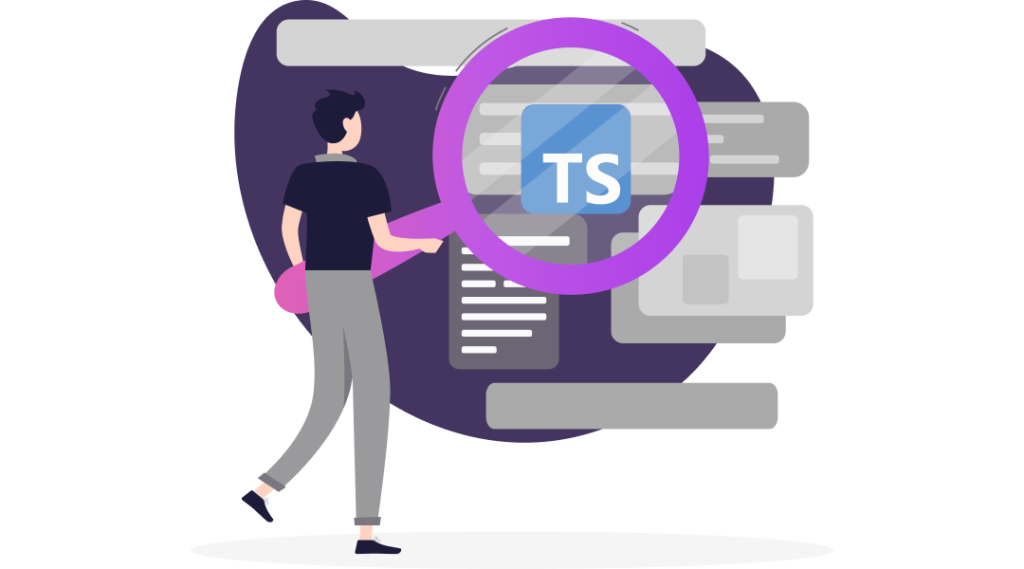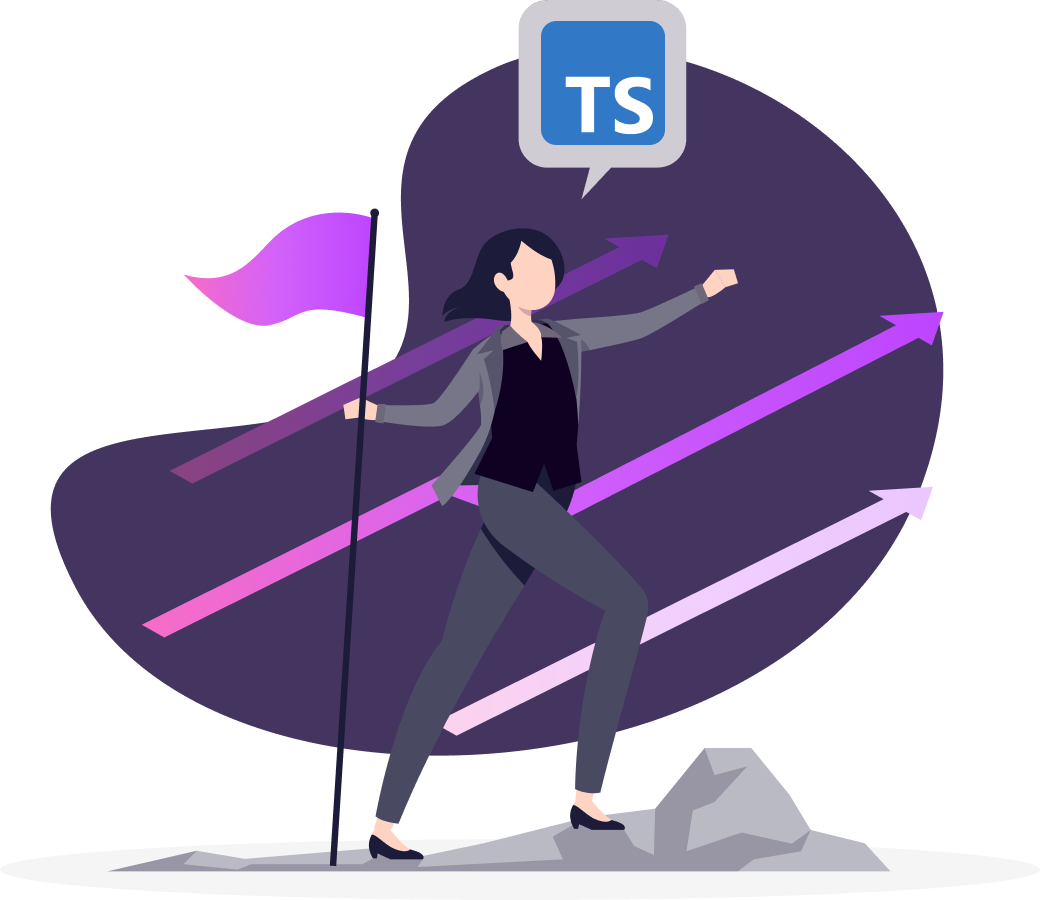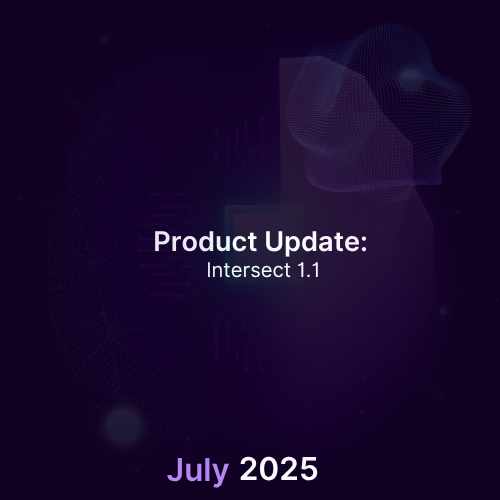In the era of modern software development, due diligence assessments are critical for maintaining robust systems. This guide focuses on evaluating TypeScript-based projects, emphasizing security, license compliance, and governance to ensure top-notch quality and safety. By following these recommendations, organizations can identify risks, ensure legal and operational integrity, and enhance overall project sustainability.
Security
Effective security in TypeScript projects hinges on robust coding practices, secure framework usage, and diligent dependency management. Implementing static analysis tools, input validation, and secure coding practices can mitigate vulnerabilities such as injection attacks and prototype pollution. Framework-specific security measures further strengthen defenses.

1. Code-Related Security Measures
1.1 General Security Measures
TypeScript enhances JavaScript by introducing static typing, which significantly reduces runtime errors. However, implementing the following measures ensures stronger security:
- Input Validation: Validate and sanitize inputs at the application boundaries to avoid vulnerabilities like Injection (OWASP A03:2021).
- Use Linters and Static Analysis Tools: Tools like ESLint with TypeScript plugins can detect security misconfigurations, including potential injection points or unsafe practices.
- Avoid Prototype Pollution: TypeScript doesn’t inherently prevent prototype pollution (OWASP A08:2021), so avoid unsafe object manipulations and use libraries like lodash.
1.2 Framework-Related Security Measures
TypeScript, like JavaScript, is a versatile language that can be applied to various domains such as VR applications, robotics, Infrastructure as Code (IaC), and more. However, its most common use cases are developing frontend and backend code. In most scenarios, TypeScript is paired with frameworks, as it is rarely used on its own. While frameworks can significantly enhance productivity and structure, they also introduce new risks that you need to know of, or use a SAST tool that’s able to detect them. Understanding these risks is crucial, as even the most secure frameworks can become problematic when paired with poor coding practices. Let’s explore two examples: one from the Angular ecosystem and another from the Sequelize world.
1.3 Cross-Site Scripting (XSS) in Angular
Angular provides built-in mechanisms to prevent XSS attacks, but misconfigurations can still expose vulnerabilities:
- Use Angular’s built-in sanitization functions, such as DomSanitizer, when dealing with user-generated HTML.
- Avoid bypassing Angular’s security mechanisms with functions like bypassSecurityTrustHtml() unless absolutely necessary.
- Regularly scan your code for improper template handling that may result in XSS (OWASP A07:2021).
1.4 SQL Injection in Sequelize
Sequelize is an ORM that helps interact with databases, but improper usage can lead to SQL Injection (OWASP A03:2021):
- Use parameterized queries instead of raw SQL queries.
- Avoid concatenating user inputs directly into queries.
- Validate and sanitize all inputs before passing them into Sequelize queries.
2. Dependency-Related Security Measures
Dependency management is a vital aspect of TypeScript projects, especially when leveraging npm packages. To secure dependencies:
- Audit Dependencies: Use tools like npm audit or OWASP Dependency-Check to identify known vulnerabilities in dependencies.
- Update Regularly: Outdated packages often contain unresolved vulnerabilities. Tools like Renovate or Dependabot automate dependency updates.
- Verify Integrity: Ensure package integrity by enabling npm’s –integrity check, protecting against supply chain attacks (OWASP A06:2021).
- Minimize Dependency Tree: Reduce the use of unnecessary libraries to lower your exposure to vulnerabilities.
3. Importance of Penetration Testing
While static code analysis and dependency audits are crucial, penetration testing is an irreplaceable measure to discover real-world exploits:
- Simulate real attack scenarios to identify vulnerabilities not detectable by automated tools.
- Focus on common risks such as Broken Access Control (OWASP A01:2021) and Security Misconfigurations (OWASP A05:2021).
- Ensure test coverage includes both your application and its underlying infrastructure.
License
Managing license compliance is critical for avoiding legal and operational risks in TypeScript projects. Tools like license-checker and FOSSA streamline license detection, helping organizations identify and evaluate dependencies against compliance policies. Differentiating between permissive and restrictive licenses ensures proper usage in proprietary or open-source projects.

Detecting Licenses and Ensuring Compliance
With the rapid expansion of npm libraries, managing licenses which is essential to avoid legal and operational risks is becoming increasingly harder. Here is a way to streamline it:
- Detect Licenses: Use tools like license-checker or FOSSA to identify the licenses of all dependencies in your project. These tools parse package.json and package metadata to provide a comprehensive license report.
- Match Compliance: Cross-check each dependency’s license with your organization’s compliance policies. Ensure the license terms align with your intended use case (e.g., avoid restrictive licenses in proprietary software).
- Flag Critical Licenses:
- Permissive Licenses: Licenses like MIT or Apache 2.0 allow flexibility.
- Restrictive Licenses: GPL or AGPL may impose obligations like open-sourcing your project.
- Registry Validation: Validate npm registries to ensure packages are fetched from trusted sources and not maliciously altered during transit.
Code Ownership and Governance
Strong governance and code ownership practices are essential for project sustainability. Indicators of poor ownership, such as heavy reliance on ex-developers and sparse documentation, can disrupt long-term maintainability.

Detecting Bad Practices in Code Ownership
Code ownership directly impacts a project’s sustainability and maintainability. Bad practices, such as high dependency on ex-developers, can jeopardize governance.
1. Indicators of Poor Code Ownership
1.1 Excessive Ex-Developer Contributions:
- Measure the percentage of the codebase authored by developers who are no longer on the team. High percentages indicate a risk of losing critical domain knowledge.
1.2 Sparse Documentation:
- Lack of documentation exacerbates the problem of ex-developer ownership, making onboarding new contributors difficult.
1.3 Low Codebase Distribution:
- Uneven contribution patterns (e.g., a few developers owning most of the codebase) signal potential bottlenecks and governance issues.
2. Tools for Assessment
2.1 Version Control Analysis:
- Use tools like git blame to analyze code contribution patterns.
2.2 Code Review Policies:
- Enforce collaborative code reviews to spread knowledge across the team.
3. Mitigation Strategies
3.1 Knowledge Transfer:
- Actively document critical sections of the codebase and encourage knowledge-sharing sessions.
3.2 Code Rotation:
- Implement a code rotation policy to distribute ownership.
3.3 Monitor Turnover Risks:
- Identify critical contributors and mitigate risks through succession planning or cross-training.
Conclusion
By focusing on these core areas—Governance and Ownership, Security, Legal Compliance, and Risk Management—you can develop a comprehensive understanding of the organization’s technology landscape. Regular evaluations will not only help to identify and mitigate risks but also uncover opportunities for growth and improvement. Maintaining a well-governed, secure, and compliant technology environment is critical to sustaining competitive advantage in today’s business landscape.











